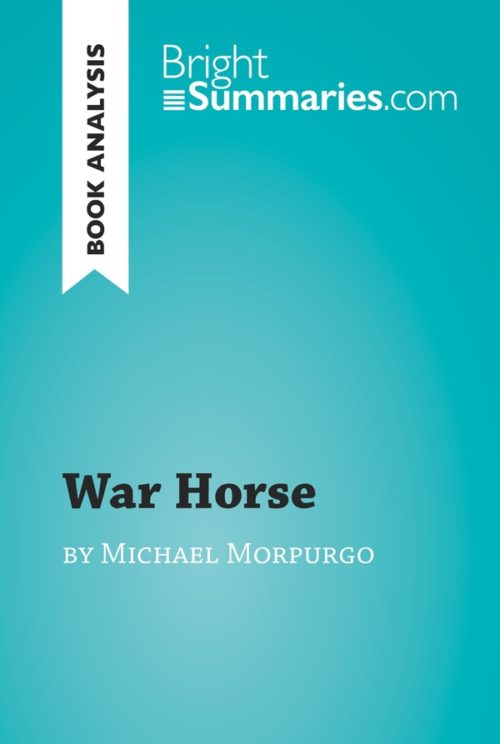The War of the Worlds by Herbert George Wells (Book Analysis)
The War of the Worlds by Herbert George Wells (Book Analysis)
Detailed Summary, Analysis and Reading Guide
Read more
This practical and insightful reading guide offers a complete summary and analysis of The War of the Worlds by Herbert George Wells. It provides a thorough exploration of the novel’s plot, characters and main themes, including war, aliens and humanity. The clear and concise style makes for easy understanding, providing the perfect opportunity to improve your literary knowledge in no time.
This clear and detailed 23-page reading guide is structured as follows:
- Biography of Herbert George Wells
- Presentation of The War of the Worlds
- Summary of The War of the Worlds
- Character study
- The “thing”
- The invasion
- The battle
- The Curate’s end
- Victory of the humans
- Analysis of The War of the Worlds
- Actantial model
- Narrative structure
- A science fiction novel
About The War of the Worlds
The War of the Worlds was first published in 1897. It tells the story of a nameless narrator who witnesses the invasion of Earth by aliens. Since we know very little about him, the reader can easily identify with the storyteller and put themselves in his shoes. Through the contrast of humans with the aliens, Wells comments on human society.
The War of the Worlds is one of Wells’ most famous novels. The idea of an alien invasion came from the European conquest of the New World, and the novel was actually one of the first books to feature an attack from space.
About Herbert George Wells
Herbert George Wells, commonly known as H. G. Wells, was a English writer who was born in Kent in 1866. He is considered to be one of the fathers of the modern science-fiction novel; he introduced many of the genre’s main elements, including time travel and space travel. He was a firm socialist and often even held pacifist views. He also founded the charity which is today known as Diabetes UK; he himself was a diabetic. He died in London at the age of 79.
Product details
| ISBN | 9782806271297 |
|---|---|
| Publisher | Plurilingua Publishing |
| Collection | BrightSummaries.com |
| Format | |
| Pages | 24 |
| File size | 1.5 MB |







